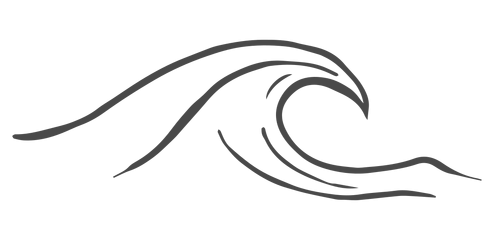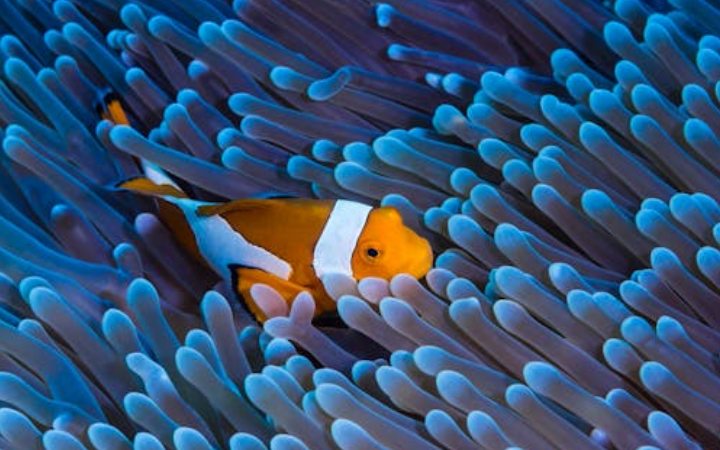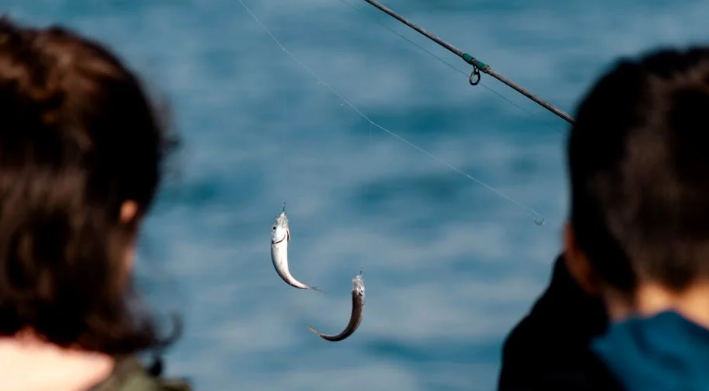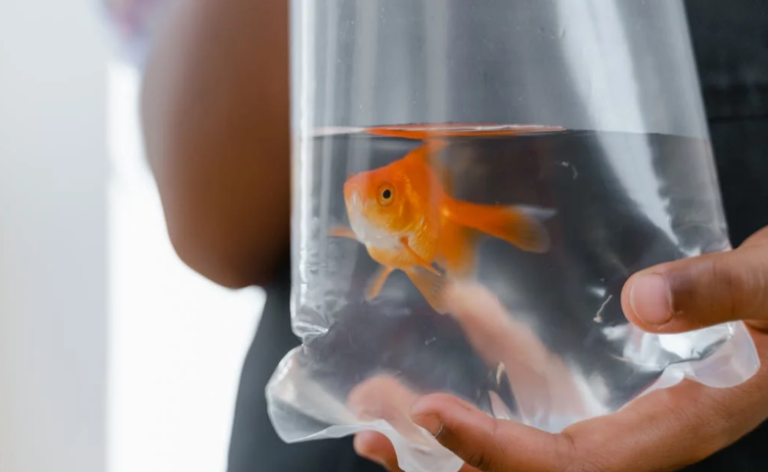Fly fishing is an enjoyable and relaxing outdoor activity that combines skill, patience, and a love for nature. Whether you’re a seasoned angler or a beginner, knowing What to Wear Fly Fishing is crucial for comfort and success on the water. In this comprehensive guide, we’ll cover everything you need to know about what to wear fly fishing.
Why Proper Clothing Matters for Fly Fishing
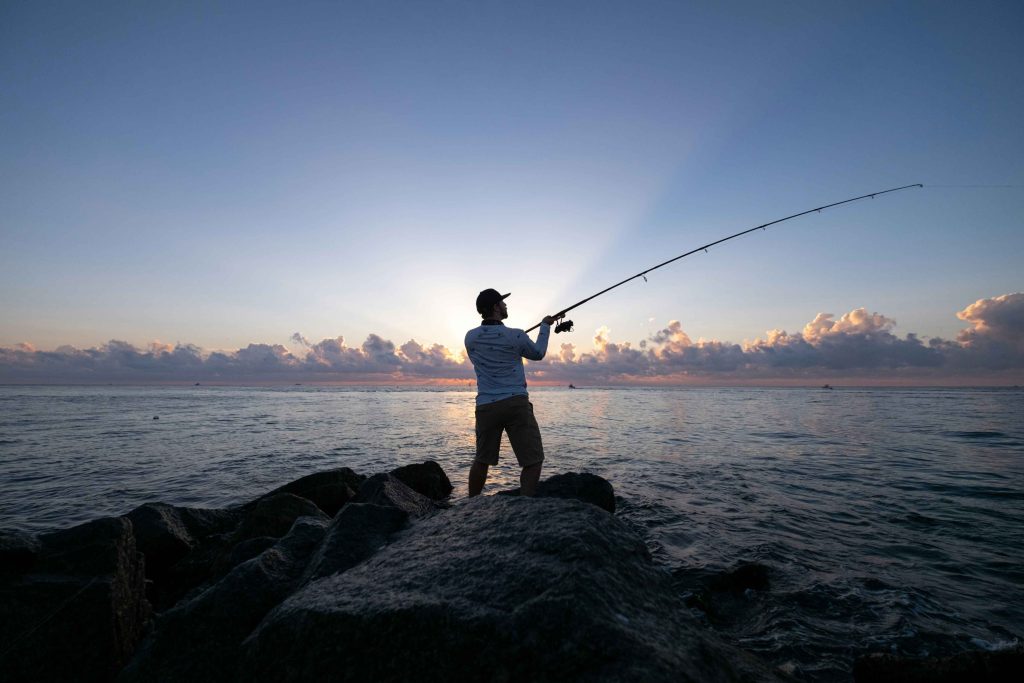
Comfort and Protection
When fly fishing, you’re often standing in water for extended periods and exposed to various weather conditions. Proper clothing ensures you stay comfortable and protected from the elements, including sun, wind, rain, and cold temperatures.
Enhancing Your Experience
Wearing the right gear can significantly enhance your fishing experience. It allows you to focus on casting and catching fish rather than worrying about being too cold, too hot, or wet.
Essential Fly Fishing Clothing
Base Layers
Moisture-Wicking Shirts
Start with a moisture-wicking shirt. This layer is crucial for keeping sweat away from your body, helping you stay dry and comfortable. Look for synthetic materials like polyester or merino wool, which are excellent at moisture management.
Long Underwear
If you’re fishing in colder weather, consider wearing a pair of long underwear. These can be made of merino wool or synthetic materials designed to keep you warm while still wicking moisture away from your skin.
Mid Layers
Fleece Jackets
A fleece jacket serves as an insulating layer, trapping body heat while allowing moisture to escape. It is lightweight and quick-drying, perfect for layering under a rain jacket or wading jacket.
Softshell Jackets
Softshell jackets provide warmth and some wind resistance while being more breathable than hardshell jackets. They’re great for milder conditions where you need a bit of protection but also want flexibility and breathability.
Outer Layers
Wading Jackets
A good wading jacket is a must-have for fly fishing. These jackets are designed to keep you dry while allowing for a full range of motion. Look for features like waterproof materials, adjustable cuffs, and plenty of pockets for storing gear.
Rain Jackets
If you don’t have a wading jacket, a high-quality rain jacket will do the trick. Ensure it’s waterproof and breathable to keep you dry without causing you to overheat.
Bottom Layers
Waders
Waders are essential for fly fishing in rivers, streams, or any body of water where you’ll be standing. There are two main types of waders: chest waders and hip waders. Chest waders provide more coverage and are ideal for deeper waters, while hip waders are suitable for shallower areas.
Wading Pants
In warmer weather or for more shallow fishing spots, wading pants might be more comfortable than full waders. These pants are typically made from the same waterproof materials and offer protection without the extra coverage.
Footwear
Wading Boots
Wading boots are specifically designed for fly fishing, offering support and protection for your feet and ankles. Look for boots with good traction to prevent slipping on wet rocks and surfaces. Felt soles provide excellent grip on slippery rocks, while rubber soles are more versatile and can be used in different environments.
Neoprene Socks
If you’re wearing wading pants or hip waders, neoprene socks are a good addition. They provide warmth and cushioning, helping to keep your feet comfortable during long fishing sessions.
Accessories
Hats
A wide-brimmed hat or a cap with a neck flap is essential for sun protection. Hats help keep the sun out of your eyes and reduce glare on the water, making it easier to spot fish.
Sunglasses
Polarized sunglasses are a must-have for fly fishing. They reduce glare on the water, allowing you to see fish and underwater structures more clearly. Additionally, they protect your eyes from harmful UV rays.
Gloves
In colder weather, gloves are crucial for keeping your hands warm. Look for fingerless gloves or gloves with fold-back fingers so you can still handle your fishing gear easily.
Buffs and Neck Gaiters
Buffs or neck gaiters provide sun protection for your neck and face. They can also be used to cover your ears and lower face in windy or cold conditions.
Fly Fishing Vest
A fly fishing vest is incredibly handy for keeping your gear organized and within easy reach. Look for one with plenty of pockets and compartments for storing flies, tippet, and other essentials.
Seasonal Considerations
Spring and Fall
In spring and fall, weather conditions can be quite variable. Layers are your best friend during these seasons. Start with a moisture-wicking base layer, add a fleece or softshell jacket for warmth, and top it off with a waterproof wading jacket. Don’t forget a hat and gloves for those chilly mornings and evenings.
Summer
Summer fly fishing often means dealing with heat and sun. Lightweight, breathable clothing is key. Opt for moisture-wicking shirts and pants that offer UV protection. A wide-brimmed hat, polarized sunglasses, and plenty of sunscreen are essential to protect yourself from the sun.
Winter
Winter fly fishing requires more preparation to stay warm and safe. Start with a thermal base layer, followed by a thick fleece jacket and a waterproof, insulated wading jacket. Insulated waders or layering long underwear under your regular waders can help keep you warm. Don’t forget warm gloves, a hat, and a buff or neck gaiter.
Additional Tips for Choosing Fly Fishing Clothing
Prioritize Comfort and Mobility
Fly fishing often involves a lot of movement, from casting to wading through water. Make sure your clothing allows for a full range of motion. Avoid anything too tight or restrictive.
Choose Quick-Drying Materials
Fishing involves getting wet, whether from wading in water or unexpected rain showers. Quick-drying materials help you stay comfortable and prevent you from getting chilled if you do get wet.
Invest in Quality
While it might be tempting to go for the cheapest options, investing in high-quality gear will pay off in the long run. Durable, well-made clothing will last longer and perform better, making your fly fishing experience more enjoyable.
Consider the Environment
Think about the specific environment you’ll be fishing in. For example, if you’re fishing in a rocky stream, durable wading boots with excellent traction are crucial. If you’re in a hot, sunny area, prioritize lightweight, UV-protective clothing.
Conclusion
Fly fishing is a rewarding activity that connects you with nature. But you need to know What to Wear Fly Fishing. By choosing the right clothing, you can ensure a comfortable and enjoyable experience on the water. Remember to layer your clothing, prioritize comfort and mobility, and invest in quality gear. Whether you’re fishing in the heat of summer or the chill of winter, being well-prepared will make all the difference. Happy fishing!
